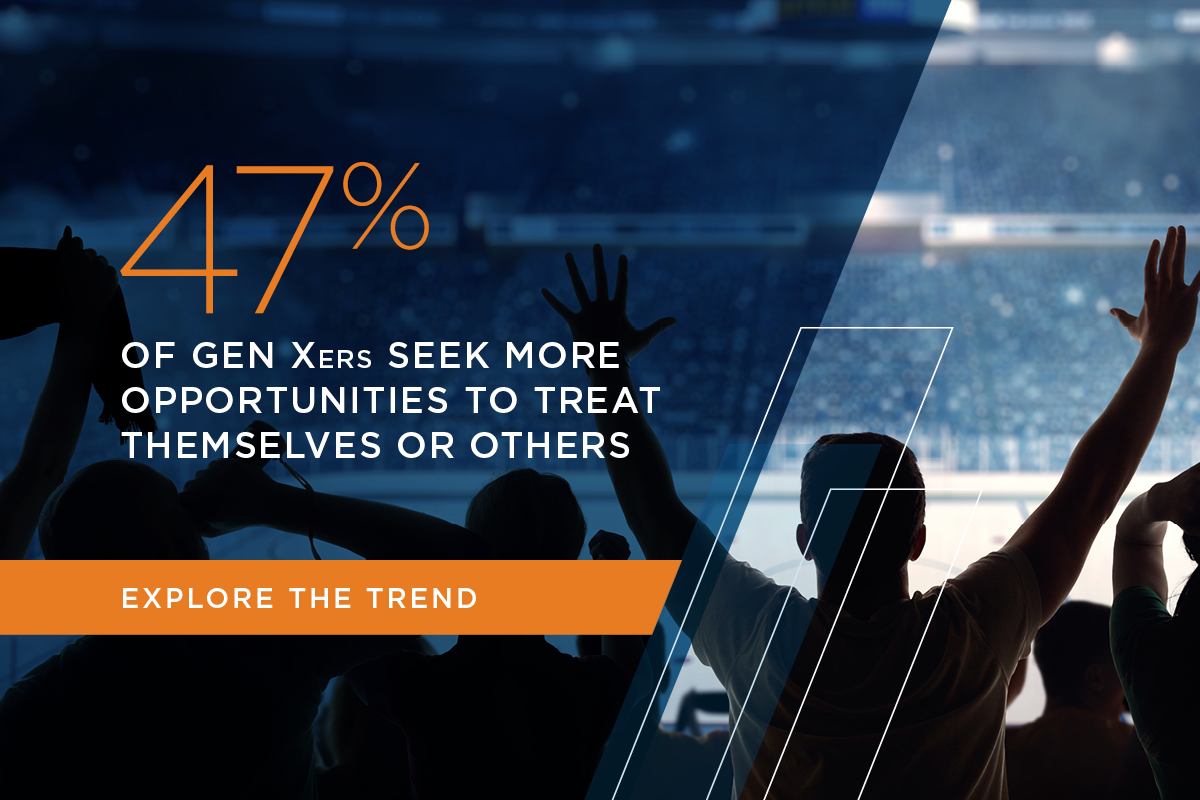Summary
The concept of loyalty was already in question prior to the pandemic. With quarantine and the market shutdown, consumers found themselves facing financial instability and unexpected product shortages, in addition to health and safety concerns.
These conditions forced shoppers to adopt new habits, among them buying brands they don’t typically buy, shopping at stores they do not typically patronize, and shifting to online channels to avoid having to enter a physical store.
Valassis witnessed these changing behaviors firsthand through several studies conducted this year.
- In our Consumer Behavior and Media Consumption survey, 56% of respondents reported they weren’t purchasing the same brands they typically would. Of that group, 19% were feeling less brand loyal and purchasing whatever brand was available, and 13% were taking the opportunity to discover new brands.
- The 2020 Valassis Consumer Intel Report presented a perfect illustration of these new habits: Sixty-four percent of all consumers reported buying more store-brand items than typical due to COVID-19, with an almost even split between buying them because normally purchased items weren’t available (33%) and buying them to save money (31%). It’s worth noting — with the exception of baby boomers — the percent buying more store brands due to COVID-19 is higher across all generations and parents, but that’s a blog for another day.


The result: Fragile loyalties took a hit. Experimentation always existed, but whether through choice or necessity, the pandemic propelled it to new heights. These undecided shoppers — whom we refer to as “switchers” — have become a decidedly bigger segment. They are not only quick to change brands, but some of them also might not even be loyal to the category itself.
Brand switchers are commonly swayed by one of the four “P’s”: price, promotion, place, or product. Especially during this pandemic, some switchers might simply be looking for the cheapest options or the biggest discounts. Other switchers are a bit more fickle. For example, those swayed by “place” might be eager to try new products but may only want to purchase those products from stores they already frequent. And the switchers influenced by “product” might only be motivated to try new sizes, flavors, packaging, and usage occasions of products they already love.
Some switchers are set in their ways and might not be worth chasing. However, with the right strategy in place, you can incentivize many of them to join or rejoin your brand. These three tips will help your marketing team pull the right levers and grab as many switchers as possible during the pandemic and beyond:
1. Ensure consistent messaging. Our current consumer environment necessitates a consistent and tailored brand messaging strategy. In fact, according to Valassis’ Consumer Intel Report data, 43% of consumers say consistent messages increase their interest in purchasing a brand.
Use this insight as a reason to strive to maintain a unified message and presence across all media and platforms. Every campaign should promote positive brand perception while consistently and accurately reinforcing your products’ benefits. If you come up short in this arena, you will struggle to increase awareness of your offerings and motivate open-minded shoppers to purchase your brand.
2. Embrace coupon marketing. Consumers have always loved getting great deals, and the COVID-19 pandemic has only reinforced this affinity. According to a recent Path to Purchase Institute study, 83% of buyers say they are currently searching for discounts and coupons, and 27% say that the pandemic has led them to spend more time than usual looking for deals.
This is a great time to revamp your coupon marketing strategy. Consider incorporating a combination of trial-level incentives, “buy one, get one free” offers, and gift card rebates. A classic paper coupon amplified with a companion digital ad can help your company activate consumers who are sitting on the brand-buying fence — especially if they are young. The 2020 Valassis Consumer Intel Report found that 69% of Gen Z and 77% of millennial consumers use digital devices to download paperless discounts while at the store.
Try to avoid over-incentivizing switchers and making them dependent on coupons. Instead, seek to identify a value mix that aligns with the buying cycle. Ultimately, strive to create a well-paced flow of relevant incentives throughout the consumer journey. This will allow your brand to maintain its share of mind and remain in the consideration set as switchers consider their options.
3. Test, learn, and adapt. For each campaign, develop multiple creatives designed to increase consumption. Then, test and measure each version’s results to better understand the copy, imagery, and offers that resonate the most. From there, amp up your media spending around the most effective creative, and aim these assets at audiences likely to contain consumers who are looking to switch their loyalties.
As you attract switchers to your brand, seek to understand their previous preferences and habits. What they were buying before, and where were they purchasing these products? What brought them into your franchise? Was it a specific offer or incentive? Armed with these insights, create future campaigns geared around those attributes.
Switchers are inherently open to discovering new products and companies when the opportunity is right. As discussed, the COVID-19 pandemic has presented (and intensified) such an opportunity. Now is the perfect time to implement campaigns aimed at swaying the switchers. Through a combination of honed messaging, coupon marketing, and ongoing optimization, you can successfully attract new consumers to your brand and re-attract your former loyalists.
For more information and insights on the changing landscape of loyalty, read parts 1, 2, and 3 of the series.
Aimee Englert is executive director, CPG client strategy for Valassis focused on driving revenue through strategy, insights and engagement. She has more than 20 years of experience across multiple marketing disciplines, from consumer promotions and digital advertising, to market research, shopper marketing and industry thought leadership.



